Yes, there is a monster hidden in this post somewhere. But first, the battlefield.
The battlefield is called Culloden. If you’re not Scottish or a history geek, it’s possible you’ve never heard of it – I hadn’t. But for American readers, and the surprising number of folks outside the USA who are versed in our history, consider this name.
Gettysburg.
Further, consider Gettysburg from the perspective of a southerner, a rebel, a true son of the south who still calls northerners Yankees.
Culloden is something like that. In 1746 the battle of Culloden was the last hurrah for the Scottish kings that had ruled both Scotland and Ireland. Even now, it owns a strong place in the Scottish identity.
I first mentioned Culloden in the Loch Lomond post, when I introduced Bonnie Prince Charlie. There we talked about the line from Queen Elizabeth I to the son of Mary, Queen of Scots. Mary’s boy was James Stuart VI of Scotland, who became James I of England and Scotland in 1603, uniting the throne.
This next bit is heavy on history. Skip it if you wish, but if you read it you’ll see how really screwed up things can get. You thought Brexit was bad…
150 years of kings:
- James I: 1603-1625. United the thrones of Scotland and England. King James Bible fame. The Latin for James is Jacob, a name that’ll come up later…
- Charles I: 1625-1649. Rather unpopular, he believed in the divine right of kings to do whatever they want. The English and Scottish Parliaments believed otherwise. This triggered a civil war, and in 1649 Charles had his head whacked off.
- 1649-1653. No monarchs. Rule by parliament during the Commonwealth of England.
- 1653-1659: Oliver Cromwell takes over via coup d’état. Runs the joint for 5 years as Lord Protector, then passes rule to his son Richard upon his death. Richard didn’t have the cohones for the job and lasted less than a year.
- 1659-1660: Anarchy
- Charles II: 1660-1685. Charles II, who’d been hiding out in France after Charles I was ousted was invited to take the throne. A relatively peaceful period after the chaos of earlier years.
- James II: 1685-1688. James only lasted three years. This was mostly due to religion; the whole Catholic/Protestant thing was still going on. Parliament was Protestant, and James was very Catholic. James II was kicked out, but those in his line were still pretenders to the throne.
- William III of Orange 1689-1707, and Mary II 1689-1694, co-rule by invitation of parliament. Mary II was the daughter of James II, but after she died the throne was William’s.
- Anne: 1707-1714. Sister of Mary II. Anne had no surviving children and was the last of the ruling Stuarts. The pretenders were still hiding out.
- George I: 1714-1727. First of the house of Hanover.
- George II: 1727-1760. King, during the Jacobite rebellion
Now we’re up to 1745. James II had died, but his boy James III was still around, as was James’s III son Bonnie Prince Charlie. Charles was born in 1720, in a residence in Rome given to his father by Pope Clement XI. He’d grown up thinking the throne of England, Scotland, and Ireland rightly belonged to his family. After becoming regent for the House of Stuart at age 23, he plotted the overthrow of George II, supposedly with the help of the French.
The French connection didn’t work out, storms played hell on the French navy. But he still made it to Glenfinnan, where in July of 1745 he raised his father’s flag to attract an army of Scots and other mercenaries sympathetic to his cause. This army captured Edinburgh and won several battles heading south into England. They got as far as Derbyshire (near Nottingham) before his war council opted to retreat. Word of English armies massing, a lack of French support, and a lack of sympathetic Englishmen in the area to join the cause induced the caution. Prince Charlie, being young and hot on the trail was against retreating, but retreat they did, with the English army following behind.
Finally, in April 1746, the armies met at Culloden.
I’ll leave the details to military historians. To make a long story short, the Jacobite’s general attack strategy was to charge, but the ground they choose to charge across was a boggy moor. This slowed them down, giving government artillery the chance to lay waste to the rebels. The battle was over fairly quickly with the rebels taking a severe beating. Prince Charlie, who was stashed in a safer place, escaped to live another day. This was not only the coup de grâce for the Jacobites, it was also the last formal battle on British soil.
But what of the monster?
There were atrocities committed on the battleground and its aftermath. But while these were monstrous acts, they’re not from the monster I’m interested in.
Perhaps I found the monster in an old graveyard. Close to Culloden, there are ancient burial cairns.
These cairns are 4000 years old; a bogeyman from that far back would be terrifying.
But that’s not our monster either.
Perhaps we can find it in the nearby town of Inverness.
Nope, no monster here. But I did encounter a seagull of monstrous proportions, giving me the eye…
So where is this mysterious creature? Where, in Scotland, do people go if they’re looking for a monster?
Loch Ness, of course.
Loch Ness, frankly, was boring. It’s a long, narrow, deep, featureless lake located between a pair of ridges. When we were there, the light was harsh and the wind cool and breezy, not conditions that invited a long stay. Looking across the loch, hoping to see some mysterious creature pop above the waves proved to be fruitless. The local tourist trap provided most of the entertainment.
Perhaps if we had more intent, if we were more forward-looking, perhaps if we had a boat and time to kill we’d have more luck. Perhaps with monsters, it’s all just a question of perspective; being in the right time and place, looking in the right direction, knowing it when you see it.
Click on any photo for a larger view
Maybe it comes down to, what is a monster? Does it have to be a bloodthirsty Godzilla? Or could it also be anyone who sneers at decency, mutual respect, truth, or integrity, and encourages others to do so as well? What then, is the battlefield?


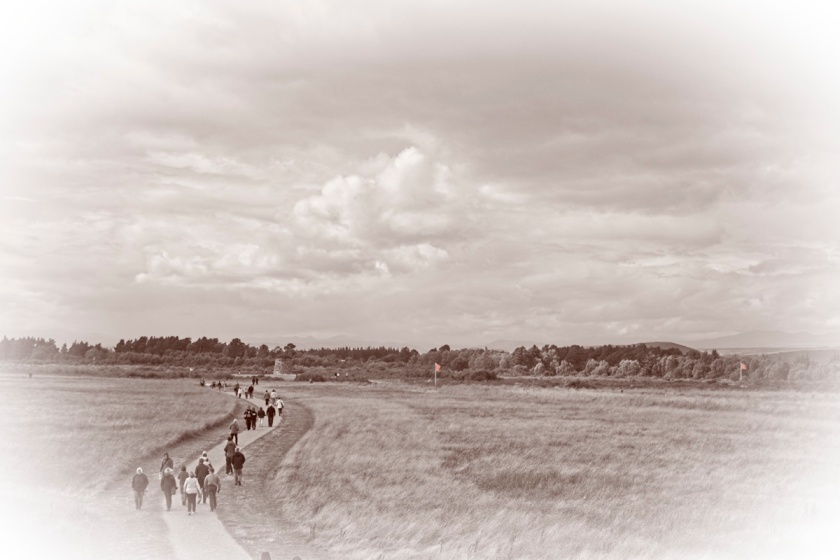
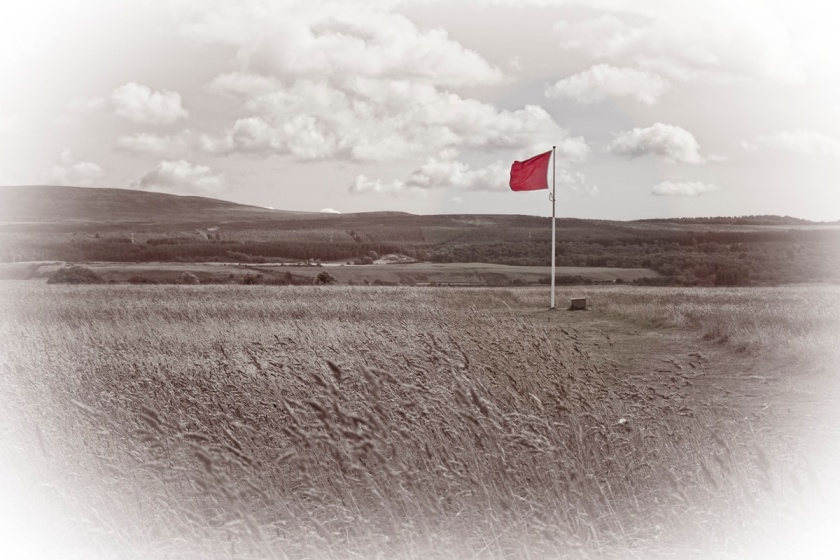
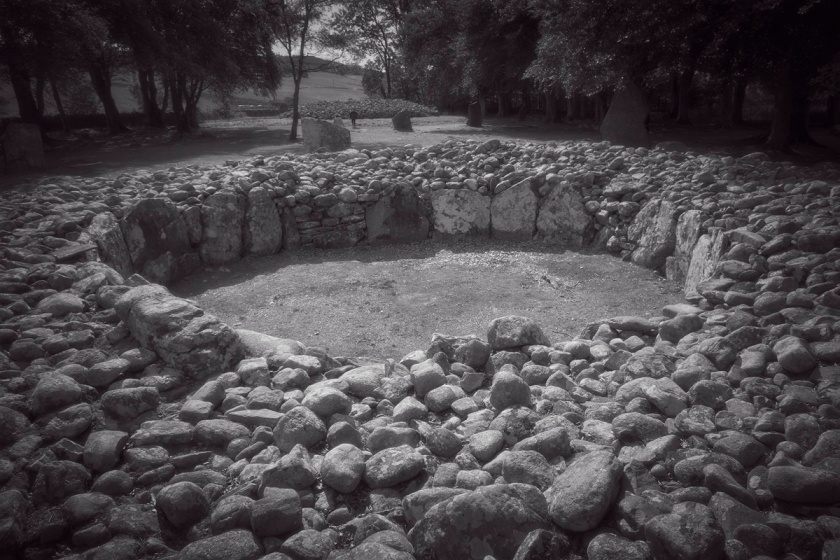

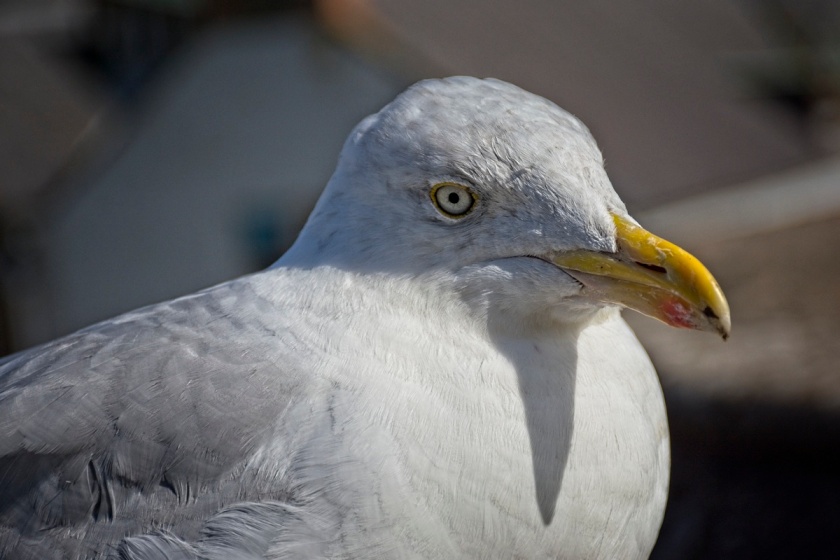
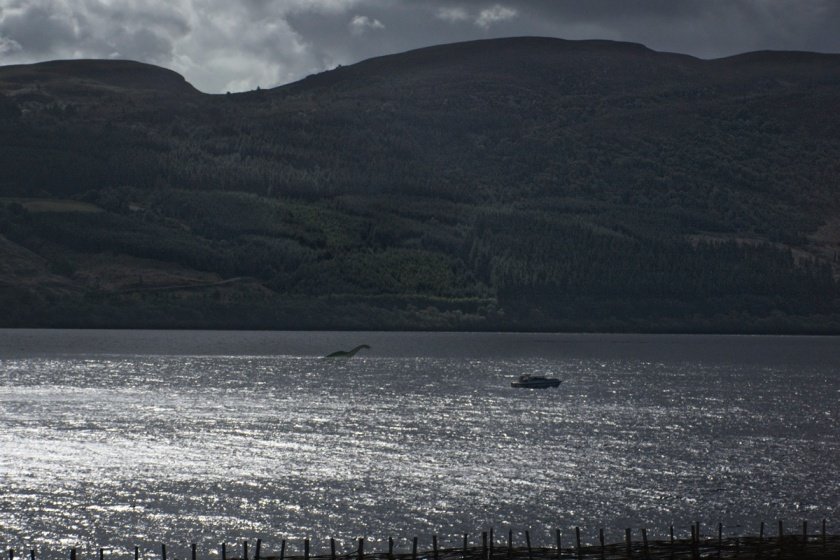
I had a course in English history and the list of kings made me a little woozy. Shame you didn’t write the textbook, I probably would have retained the information better.
Also, yours is the finest definition of a monster I’ve ever heard. No lie.
LikeLiked by 2 people
What, your textbooks didn’t have kings with their heads whacked off, or Lord Protectors without the cohones for the job? How dry.
A monster can be a subtile thing. Maybe that’s why so much of the world is fearful.
LikeLiked by 2 people
An interesting bit of Scottish history, Dave! I like history as a mirror of present events in the light of the past. Great photos, too. Have a great week!
LikeLiked by 1 person
History does give a sense of perspective. I suppose that’s behind that old cliche about folks who pay no attention to history…
LikeLiked by 2 people
That’s a good potted history, Dave.
LikeLiked by 2 people
I wasn’t familiar with the term “potted history”. Hopefully, I haven’t potted it up so much that the context got skewed. It’s also a reminder, especially when considering all the earlier history I didn’t include, just how comparatively short my country’s history is.
LikeLiked by 2 people
No, you’ve made a good job of that, Dave.
LikeLiked by 2 people
That area is so rich in history. While riding on a bus not far from Culloden, I spotted a sign that read: Cawdor Castle. It is about six miles from Culloden moor.
Remember the witches in Shakespeare’s Macbeth?
Macbeth was an actual King of Scotland: 1040–1057.
LikeLiked by 1 person
That’s true, I did see Macbeth’s name when I was looking at the Scottish line of kings, and verified it was the same thane from Shakespear. Wikipedia suggested that Shakespear’s version wasn’t entirely accurate, which isn’t surprising. What was surprising is how far back that was: I thought Macbeth would have been in the 13 or 14 hundreds. Maybe I confused details in Macbeth with Richard III – Shakespearian prose can be hard to follow, much less remember.
LikeLiked by 1 person
What a terrific post, from the history to the monster! I was trying to remember how deep Lock Ness is–I seem to remember that it’s incredibly deep so perhaps the monster was just down in the depths when you were there!
LikeLiked by 1 person
Maybe so. But then, looking more closely at the picture I took, maybe he was closer to the surface after all…
LikeLiked by 1 person
Oh did YOU take it? Wow!
LikeLiked by 1 person
Yep, I’m solely responsible for creating that image… 😉
LikeLiked by 1 person
I don’t think either leader came out of Culloden smelling like roses. Charlie’s army had some trained units, and wasn’t all Highlanders, but the ones that did turn out for him, were following a medieval system that forced the clans to send out ill-prepared, outnumbered men & boys, to face cannons and bayonets. King George’s son goes down as “Butcher” after his men bayoneted the wounded, shot some prisoners and sold others in slavery, and killed civilians fleeing the British dragoons.
But I did get the point of your essay, and a very deft job, Dave, and it carried us right along to your final questions. There are definitely monsters around, sliming the place up. I think about the stories, where the creatures get cocky, and forget what happens when they’re exposed to direct sunlight.
LikeLiked by 1 person
There were a lot of details I left out in the interest of brevity – it’s tough to cover 150 years of history (not counting the cairns) in 1000 words.
Oddly enough, the final questions were an afterthought, something I threw in at the last minute. I was just going to end on the Loch Ness monster and see if folks picked up on my editing job. The final twist gave the post a whole different complexion – still not sure if it was the right choice.
LikeLiked by 1 person
Yes, good choice. I know, it’s very hard to compress history, and cook up something in easily digestible doses. This is a good post!
LikeLiked by 2 people
A very interesting post – and a great Monarchy History 101 to share with us 🙂 When you showed the picture of the town, I was like, “no way is there a monster hiding there!” lol. Such a great picture, and looks like such a beautiful town! Should have known it was Loch Ness!
LikeLiked by 1 person
The town is actually Inverness. It’s near Culloden and the cairns. Loch Ness is a long, skinny lake, further away, where people try to take pictures with sea monsters in ’em.
LikeLiked by 1 person
Very clever, Dave! And you sure did your home work….you leave me way behind, but I think if history teachers presented the subject like this, more people might enjoy it. 🙂
LikeLiked by 1 person
I suppose that’s one thing about traveling in a place that’s replete with history, if you write about it you need to do a bit of homework. I suppose it’s like taking a photograph in a way, the trick is as much what you don’t include as what you do include, and maybe find a hook that folks can relate to.
LikeLiked by 1 person
🙂 You’ve clearly thought it through. That’s great advice – and maybe I’ll remember it next time I’m writing! 😉
LikeLiked by 3 people
Long ago, I decided that most of the real monsters were human, sadly. Thanks for an interesting post!
LikeLiked by 3 people
And all too often, hiding behind those human faces (especially if they look like your own tribe), people don’t recognize the monster that lies within.
On the other hand, some folks see monsters in every corner, or swing the hammer of condemnation because of one, unrepeated, long past incident. Perceptions need a balance.
LikeLiked by 2 people
That’s a very good point! It’s good to remember that there is monster in all of us, and to remember not to tap into it. And so to be a little less quick to think that others (especially not in our own tribe) are nothing but monsters.
LikeLiked by 3 people
Charging across a boggy moor…oops😂 Loch Ness is a bit overrated for sure. Loch Lomond is far more beautiful.
LikeLiked by 1 person
Oops indeed. I’d agree about Loch Lomond. I don’t think there are any songs about the bonnie banks of Loch Ness.
LikeLiked by 1 person
Harsh light and cool breezy weather seems like the kind of conditions that a terrifying monster might enjoy. If I every get the chance to visit Loch Ness, I could only hope to snap a photo of the famous creature like you did. Nice history outline of the monarchy. There was so much upheaval that I always lose track of which ruler beheaded whom.
LikeLiked by 1 person
Well, I did take the picture of the “monster” while at Loch Ness. And I took a picture of the loch too. Not necessarily at the same time…
LikeLiked by 1 person
Monsters, ancient ruins, and travel stories.
This one had it all, Dave, thanks again.
LikeLiked by 1 person
Put that way, it does sound like it has the underpinnings for a TV show.
LikeLike
It has struck me that at most battlefield memorials in Scotland, they are on the losing side. It interests me that they hang on to that so ferociously. But of course, so do some U.S. Southerners.
LikeLiked by 1 person
The local tribe comes first. That seems to be both the blessing and the curse of mankind.
LikeLike
Thank you for the great history lesson Dave!
Apart from having a Scottish boyfriend many moons ago and backpacking through Scotland back in 1985 when I solo-backpacked around the world for 12 months, I had no idea of this history.
Many thanks for stopping by my Travel and Photography blog.
LikeLiked by 1 person
That’s one of the perks (depending on your perspective) of writing a travel blog. It encourages you to learn more about your destinations, so when you share your story it has context.
Thanks for the follow, I’ve returned the favor.
LikeLiked by 1 person
I’ve never been a fan of history. I used to find it boring trivial as a kid. I was wrong.There’s so much we can learn from the past. It might have solutions or answers for the stuff that’s happening these days. You’ve weaved history and fiction into an elaborate travel tale. 🙂
LikeLiked by 1 person
What’s that old saying, “those who ignore history are condemned to repeat it?” Maybe history would be more interesting if folks looked at it as reality TV.
LikeLiked by 1 person
Culloden Moor is a depressing place – and I visited from Inverness on a fine day! If you haven’t already seen it, Peter Watkins’ docudrama “Culloden” made for TV in the 1960s is worth a look. You can probably find it on YouTube. It’s presented as if reporters and cameras were present at the battle.
I took a boat trip up the Loch to Urquhart Castle. The voyage was enlivened by a French tourist who leapt up and acted out – airline style – the safety announcement as it was broadcast over the boat’s speaker. I leave it to your imagination how he suggested we should propel ourselves through the water if the boat sank. As all was done by mime, he was alternately holding his nose and pointing to his own backside.
LikeLiked by 1 person
Funny, the things we remember. I found the battlefield kind of boring. I was tired, and not in the mood for military history at the time. I thought it would be boggier – probably would be in April when the battle was, rather than August when we visited it.
LikeLiked by 1 person